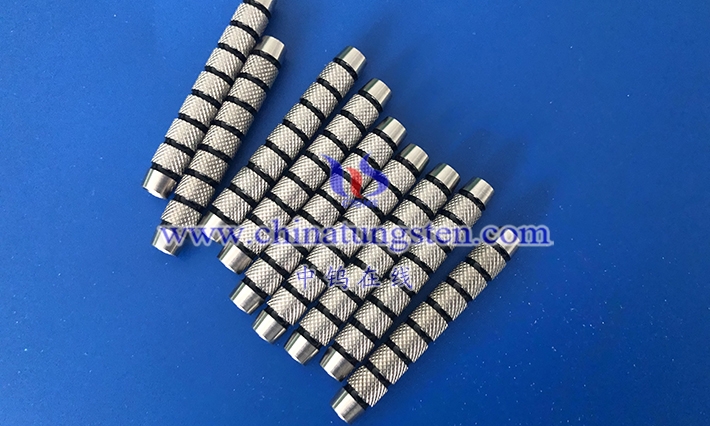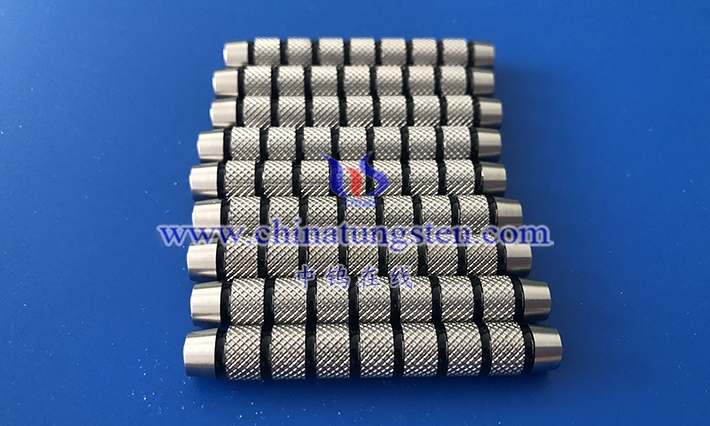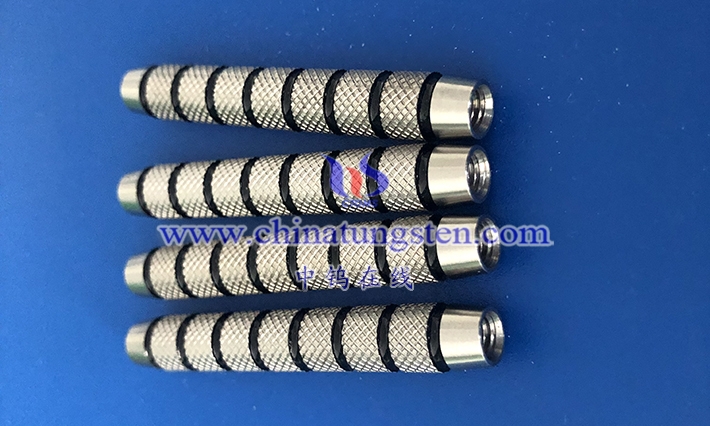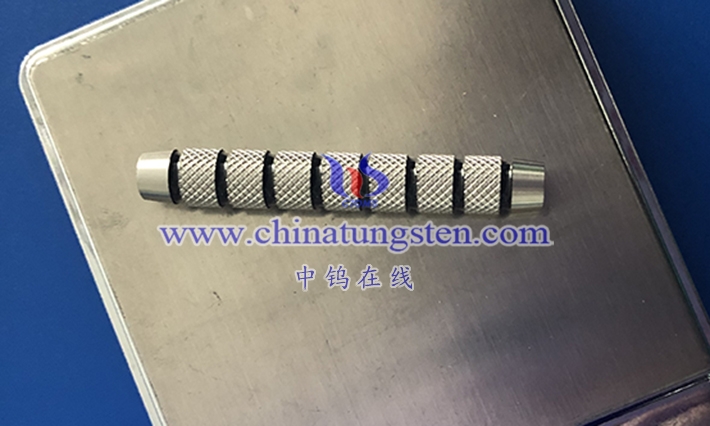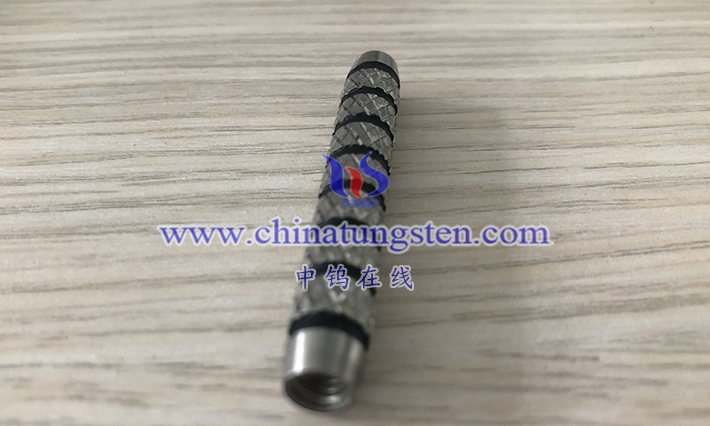
The performance of high-density alloys in high-temperature oxidizing environments mainly depends on their composition, microstructure and oxidation kinetics. These alloys usually have good high-temperature strength, hardness, creep strength and fatigue resistance, but their properties will be affected to a certain extent in high-temperature oxidizing environments.
In a high-temperature oxidizing environment, an oxide film will form on the surface of high-density alloys. This oxide film can protect the material from further oxidation and corrosion. However, if the oxide film cannot effectively inhibit internal oxidation and internal nitridation, it will adversely affect the performance of the material. For example, after oxidation at 800°C, a double-layer oxide film is formed on the surface of a high-density alloy, but the continuous but not dense Cr2O3 layer cannot effectively inhibit internal oxidation and internal nitridation.
During the high-temperature oxidation process, elements in high-density alloys diffuse to the surface in the form of ions or atoms and react with oxygen to form oxides. These oxides can be dense or loose, depending on the composition of the alloy and the temperature. Dense oxides can protect the alloy from further oxidation, while loose oxides can easily allow oxygen and moisture to pass through, accelerating oxidation and corrosion of the alloy.
In addition, some elements in high-density alloys have different oxidation kinetics. For example, some elements readily react with oxygen to form single oxides, while others readily form complex oxides. These different oxidation kinetics will affect the oxidation rate of the alloy and the structure of the oxide.
In order to improve the performance of high-density alloys in high-temperature oxidizing environments, some measures can be taken, such as adding antioxidant elements, surface coatings, reducing impurity content, etc. These measures can enhance the oxidation resistance and corrosion resistance of the alloy and improve its performance in high-temperature oxidizing environments.
It should be noted that the performance of high-density alloys in high-temperature oxidizing environments is not only affected by the material itself, but also by external factors such as ambient temperature, humidity, and oxygen concentration. Therefore, in practical applications, it is necessary to comprehensively consider various factors such as materials, environment and application requirements to select appropriate high-density alloys and formulate corresponding protective measures to ensure their performance and safety in high-temperature oxidizing environments.
More details of tungsten alloy product, please visit website: http://tungsten-alloy.com/
Please contact CHINATUNGSTEN for inquiry and order of tungsten carbide:
Email: sales@chinatungsten.com
Tel.: 86 592 5129595
